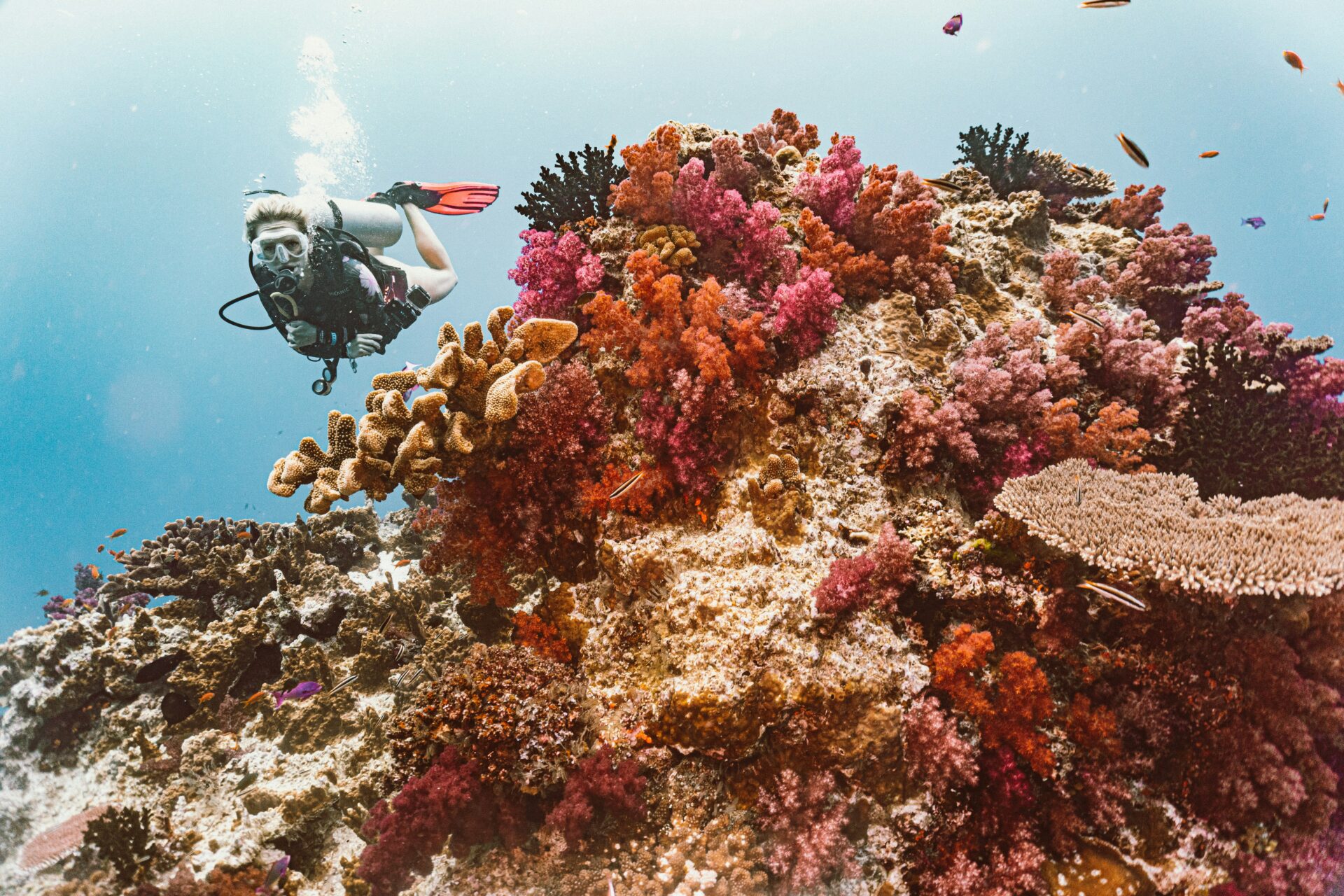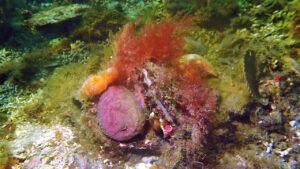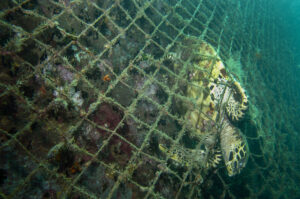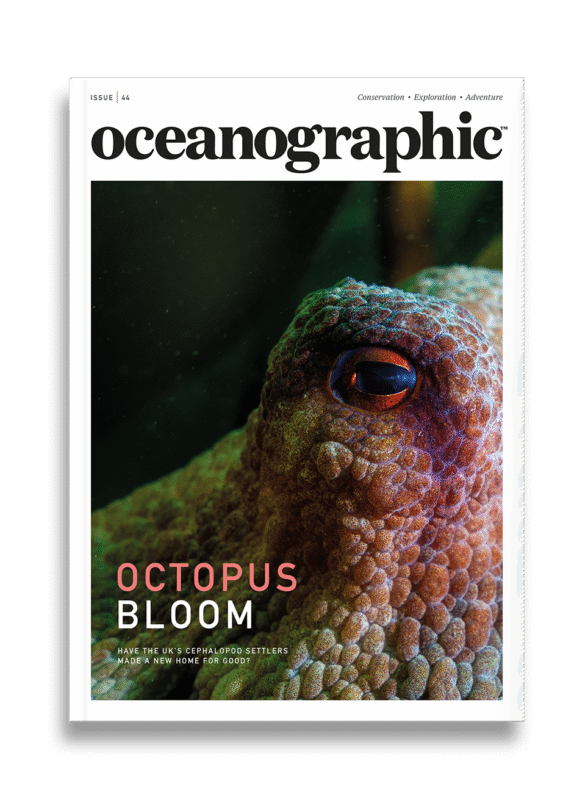Fiji's cyclone-ravaged coral reefs show "remarkable recovery"
A study led by the Wildlife Conservation Society (WCS) and the University of the South Pacific has found that coral reefs severely damaged by Category 5 Tropical Cyclone Winston in 2016 have made a significant comeback.
In the aftermath of one of the strongest storms ever recorded in the Southern Hemisphere, scientists have uncovered a story of recovery and resilience playing out beneath the waves of Fiji’s barrier reefs.
A collaborative study led by the Wildlife Conservation Society (WCS), the University of the South Pacific, and other international partners has found that coral reefs severely damaged by Category 5 Tropical Cyclone Winston in 2016 have made a significant comeback.
The research, published this month in Coral Reefs, tracked 18 reef sites over an eight-year period – before, immediately after, and four years following the cyclone – and found coral communities had rebounded to nearly pre-cyclone conditions by 2020.
The cyclone had left a trail of devastation across Fiji, with some reefs experiencing up to 91% loss in hard coral cover, particularly among vulnerable branching and plating Acropora species. In the immediate aftermath, the underwater landscape shifted dramatically – live coral gave way to rubble fields and turf algae. But researchers say that’s not where the story ends.
“Even after catastrophic damage, some coral reefs can bounce back – if local conditions are right,” said Dr. Amanda Ford, lead author and marine ecologist at the University of the South Pacific. “What made this research especially powerful is the long-term monitoring. It’s only by looking before, during, and after an extreme event like Winston that we can truly understand reef resilience.”
Using ecological surveys alongside wave modelling to assess cyclone exposure, the team found a strong correlation between storm intensity and coral loss. However, across all study sites, coral recovery was evident within four years – an encouraging signal of ecological strength in reefs that benefit from high connectivity, robust herbivorous fish populations, and consistent larval supply.

These findings carry significant implications for climate adaptation strategies and national conservation planning. With Fiji in the midst of developing its first National Action Plan for Coral Reef Conservation, the study adds weight to the need for targeted protection of climate-resilient reefs.
“This research couldn’t be more timely,” said Dr. Sangeeta Mangubhai, Pew Marine Fellow and co-author on the study. “It sends a clear message that when local communities are part of the solution, and ecosystems are healthy to begin with, reefs have a real chance of surviving climate shocks.”
Central to this effort is the Fiji National Hub for Coral Reef Conservation, a multi-stakeholder advisory body comprising government agencies, scientists, NGOs, and local leaders. Its goal is to identify and implement priority actions that secure the future of the country’s coral reefs.
Paul van Nimwegen, WCS Fiji Country Director, emphasised the role of science in shaping those priorities: “Findings like these help us identify where conservation investments will have the greatest return. WCS is proud to be supporting Fiji’s first National Action Plan in partnership with the Ministry of Environment and Climate Change and the National Hub. We believe ecosystem-based management and strong community partnerships are key to building reef resilience.”
Beyond Fiji, the study offers global relevance. As coral reef ecosystems around the world face increasing threats from climate change, examples of natural recovery offer rare but critical hope.
“We’re seeing a pattern globally – ecosystems with high structural integrity and strong ecological baselines can, in some cases, recover from major climate shocks,” said Dr. Stacy Jupiter, co-author and Executive Director of WCS’s Global Marine Program.
“In a world where coral reef news is often filled with loss, this is a story of hope. It underscores why we must keep fighting to conserve reefs that still stand a chance.”


"*" indicates required fields
Printed editions
Current issue
Back issues

Back Issues
Issue 43 Sir David Attenborough’s ‘Ocean’

Back Issues
Issue 41 Holdfast to the canopy
Enjoy so much more from Oceanographic Magazine by becoming a subscriber.
A range of subscription options are available.








